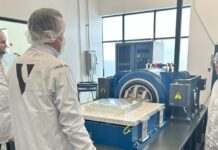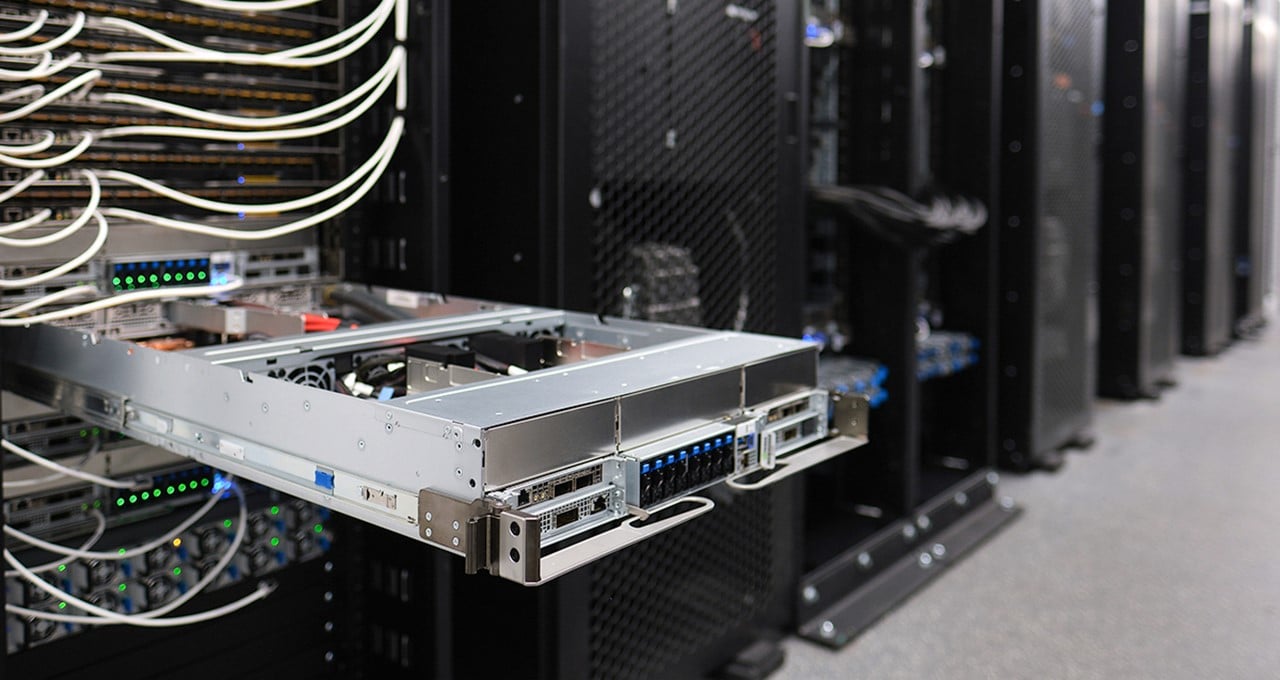Unlocking New Possibilities with Large Language Models: NVIDIA’s Latest Innovations
In the rapidly evolving world of artificial intelligence, large language models (LLMs) have emerged as a transformative force, enabling organizations to extract deeper insights from their data and construct innovative applications. These advanced models, powered by sophisticated algorithms, offer unprecedented opportunities for businesses to enhance their decision-making processes and create new user experiences. However, with these opportunities come significant challenges, particularly in terms of the infrastructure required to support real-time data processing.
Meeting the Demands of Real-Time Applications
Whether deployed on-premises or in the cloud, applications that operate in real-time impose substantial demands on data center infrastructure. They require a seamless integration of high throughput and low latency, all achieved with a single platform investment. As organizations strive to maximize their return on infrastructure investments, continuous performance improvements become crucial.
NVIDIA, a pioneer in the field of AI, is at the forefront of optimizing state-of-the-art community models. This includes collaborations with tech giants like Meta, Google, and Microsoft, as well as the development of their own models, such as the NVLM-D-72B. Released recently, these models demonstrate NVIDIA’s commitment to driving performance enhancements.
Relentless Pursuit of Performance
NVIDIA’s relentless focus on performance improvements allows its customers and partners to deploy more complex models while reducing the infrastructure required to support them. By optimizing every layer of the technology stack, including the TensorRT-LLM library, NVIDIA delivers state-of-the-art performance on the latest LLMs. For instance, improvements to the open-source Llama 70B model have resulted in a remarkable 3.5x increase in minimum latency performance within a year.
Regular updates to NVIDIA’s software libraries ensure that customers can harness more power from existing GPUs. This commitment to continuous improvement is evident in the performance gains achieved over time. For example, the low-latency Llama 70B model has seen a 3.5x performance boost in just a few months.
Breaking New Ground with Blackwell Architecture
NVIDIA’s advancements are not limited to existing technologies. The recent submission to the MLPerf Inference 4.1 benchmark, utilizing the Blackwell platform, marked a significant milestone. This submission delivered four times the performance of previous generations, showcasing the potential of NVIDIA’s cutting-edge architecture.
Notably, this was the first MLPerf submission to utilize FP4 precision. This narrower precision format reduces memory footprint and traffic, enhancing computational throughput. Leveraging Blackwell’s second-generation Transformer Engine and advanced quantization techniques, the submission met stringent accuracy targets.
Continued Advancements in Hopper Performance
While Blackwell represents a leap forward, NVIDIA continues to enhance the performance of its existing Hopper architecture. In the past year, Hopper performance has increased 3.4x in MLPerf on the H100, thanks to regular software advancements. This means that the peak performance of Blackwell today is ten times faster than it was a year ago on Hopper.
These improvements are integrated into TensorRT-LLM, a purpose-built library designed to accelerate LLMs with state-of-the-art optimizations. Built on the TensorRT Deep Learning Inference library, TensorRT-LLM incorporates additional LLM-specific enhancements to ensure efficient inference on NVIDIA GPUs.
Transforming Llama Models with Advanced Techniques
NVIDIA’s commitment to innovation extends to optimizing variants of Meta’s Llama models, including versions 3.1 and 3.2, and model sizes up to 405B. These optimizations involve custom quantization recipes and efficient parallelization techniques, allowing the models to be distributed across multiple GPUs. This is made possible by NVIDIA’s NVLink and NVSwitch interconnect technologies, which provide high-speed GPU-to-GPU communication.
Parallelism techniques are crucial for maximizing performance, especially for large LLMs like Llama 3.1 405B. These models demand the combined performance of multiple state-of-the-art GPUs to deliver fast responses. The fourth-generation NVLink in NVIDIA’s H200 Tensor Core GPUs provides 900GB/s of GPU-to-GPU bandwidth, ensuring seamless communication between GPUs.
Organizations deploying LLMs often choose parallelism to overcome compute bottlenecks. By balancing low latency and high throughput, these techniques optimize performance based on specific application requirements. For instance, tensor parallelism can significantly enhance throughput in minimum latency scenarios, while pipeline parallelism boosts server throughput for high-demand use cases.
The Virtuous Cycle of Continuous Improvement
Throughout the lifecycle of NVIDIA’s architectures, ongoing software tuning and optimization deliver substantial performance gains. These improvements translate into added value for customers, enabling them to create more capable models and applications while reducing the infrastructure required for deployment. This enhances the return on investment for organizations leveraging NVIDIA’s platforms.
As new LLMs and generative AI models emerge, NVIDIA remains committed to optimizing their performance on its platforms. Technologies like NIM microservices and NIM Agent Blueprints simplify deployment, making it easier for organizations to harness the full potential of these models.
In conclusion, NVIDIA’s continuous advancements in large language models and infrastructure optimization represent a significant step forward in the field of artificial intelligence. By pushing the boundaries of performance and efficiency, NVIDIA empowers organizations to innovate and thrive in an increasingly data-driven world. For more information on NVIDIA’s latest innovations and optimizations, visit their official blog.
For more Information, Refer to this article.


































